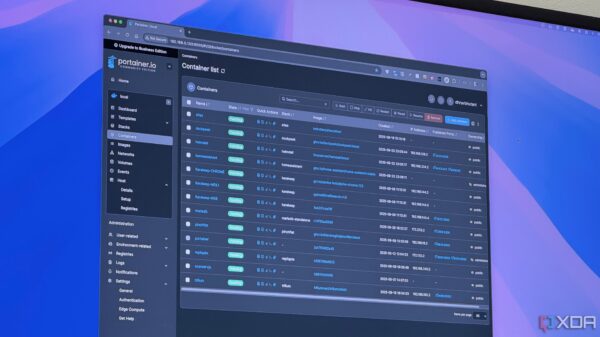A team of European researchers has unveiled an innovative, open-source luminescence imaging instrument aimed at broadening access to advanced fluorescence and electroluminescence techniques. This device, detailed in the journal Optics Express, provides an affordable and customizable alternative to conventional laboratory setups, enabling research across diverse fields such as plant science and materials research.
The instrument, termed a luminescence macroscope with dynamic illumination, combines flexibility, precision, and cost-effectiveness into a single platform. Unlike traditional imaging systems, which often rely on fixed optical designs, this macroscope allows for complex, time-resolved illumination and detection protocols. Researchers can program intricate light modulation sequences, synchronize multiple wavelengths, and capture high-speed responses, all while accommodating a variety of sample types—from potted plants to photovoltaic devices.
Bridging the Gap in Scientific Research
Luminescence imaging is crucial in modern science, revealing molecular and physiological processes that are otherwise invisible. However, deploying advanced illumination techniques generally requires significant expertise in optics, electronics, and software. “Our goal was to remove that barrier,” stated Dr. Ian Coghill, co-lead author from École Normale Supérieure in Paris. The team has made available a complete suite of resources, including computer-aided design (CAD) files, comprehensive build instructions, calibration protocols, and Python-based control software. Remarkably, the entire system can be assembled for less than €25,000, primarily using off-the-shelf and 3D-printed parts, making it viable for small laboratories and interdisciplinary research teams.
The macroscope’s architecture supports various illumination sources across the ultraviolet to near-infrared spectrum (405–740 nm) and can achieve synchronized imaging at rates of up to 100 frames per second. Users can implement tailored modulation sequences—whether sinusoidal, pulsed, or user-defined—to examine the dynamics of photoactive systems.
Wide-ranging Applications Across Disciplines
The research team has demonstrated the macroscope’s capabilities in numerous applications. In plant physiology, the device has been used to measure photosynthetic parameters and monitor herbicide uptake in Arabidopsis thaliana using dynamic fluorescence protocols. In the realm of protein photophysics, it distinguishes reversibly photoswitchable fluorescent proteins through their kinetic “fingerprints.” Additionally, in optoelectronic devices, the macroscope maps frequency-dependent electroluminescence in solar cells and LEDs, elucidating charge transport and recombination dynamics.
“These examples are just a glimpse of what’s possible,” noted Dr. Ludovic Jullien, senior author and coordinator of the DREAM project. “By combining open hardware with programmable illumination, we hope to enable both fundamental research and practical innovation in fields such as plant biology, photonics, and renewable energy.”
In line with the open-science philosophy of the DREAM project, all build files, analysis scripts, and experimental data are freely accessible via Zenodo. The research team encourages the scientific community to adapt the design to their specific needs, modify it for new optical modalities, or integrate it into automated imaging workflows. “This is not a one-off prototype,” asserted Coghill. “It’s a platform others can build upon—an accessible gateway to exploring dynamic photophysics.”
The launch of this open-source macroscope represents a significant step towards democratizing advanced imaging technologies, making high-level research more accessible to scientists worldwide.







































































